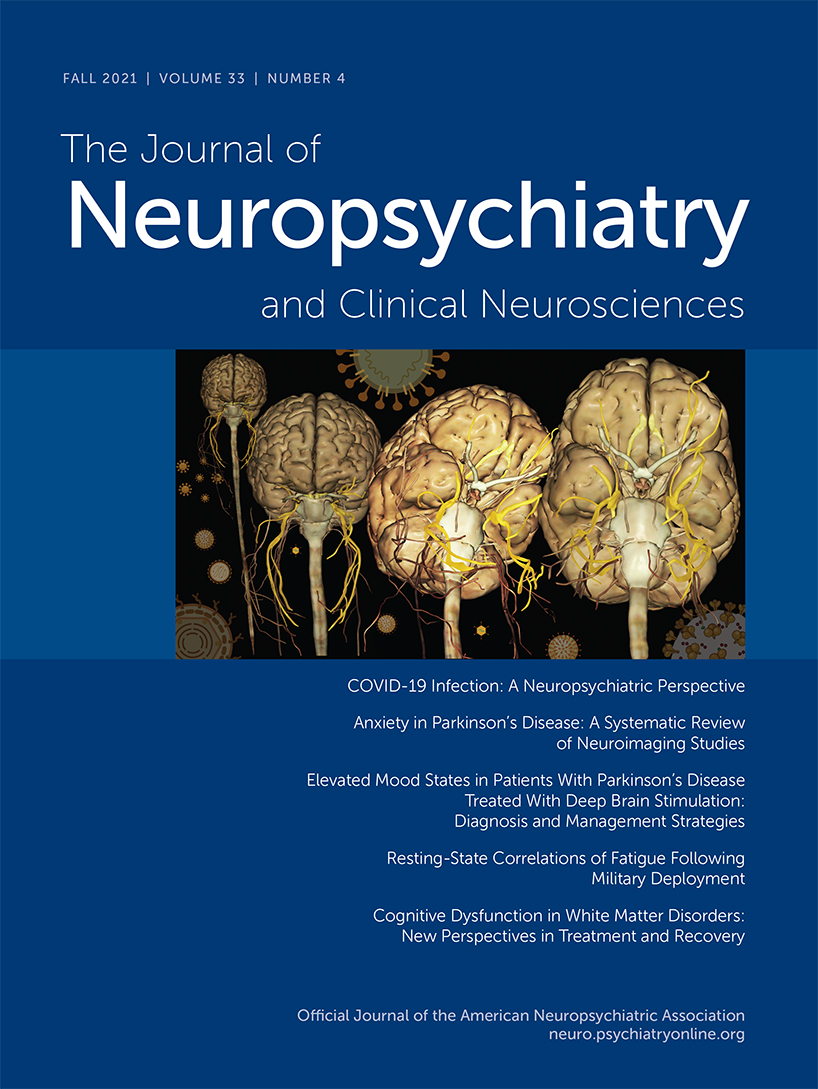Anxiety in Parkinson’s Disease: A Systematic Review of Neuroimaging Studies
Abstract
Objective:
The mechanisms and neuronal networks associated with anxiety in Parkinson’s disease (PD) are incompletely understood. One of the best tools for investigating both component function and neuronal networks associated with psychiatric symptoms is functional MRI (fMRI). Unlike structural scans, functional scans, whether task-based or resting-state, are more likely to be clinically relevant and sensitive to changes related to treatment. The investigators provide a comprehensive review of and present results for imaging studies of anxiety in PD.
Methods:
A systematic review of the literature on fMRI and anxiety in PD was conducted, and the quality of all included studies was simultaneously assessed. Eighteen studies were included: 15 studies assessed anxiety directly, and three evaluated emotional processing. Imaging methodology and behavioral assessments varied across studies, preventing direct comparison of results in most cases.
Results:
There was a convergence in findings across methods, implicating involvement of the amygdala, caudate, and putamen in association with anxiety in PD. For both task-based activation and resting-state connectivity, dopamine medication status was associated with differences in activation and behavioral function.
Conclusions:
Although there is little consensus in the current fMRI literature studying anxiety in PD, these results suggest an overlap between structures classically involved in the brain’s fear circuit (particularly the amygdala) and the alterations in the nigro-striatal system (e.g., the caudate and putamen and on-off dopamine findings) related to PD and its dopaminergic treatments.



